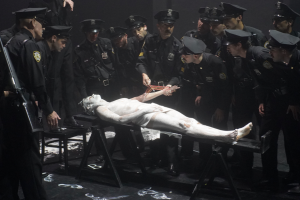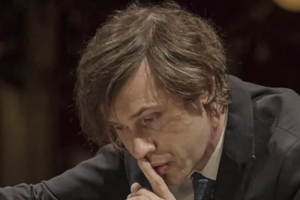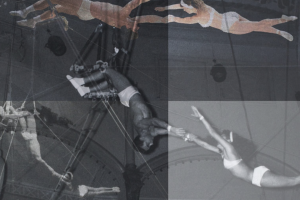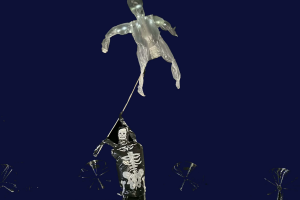- 62 views

Matthäus-Passion
Composed by Johann Sebastian Bach in 1727 for the Lutheran Holy Week service, the Matthäus-Passion (St. Matthew Passion), BWV 244, fell into oblivion after the composer's death. Just over a century later, Felix Mendelssohn rediscovered it and performed it in concert in Berlin on March 11, 1829, returning to humanity Bach's immense masterpiece, now considered a musical icon of religious confession. Matthäus-Passion impresses both with its colossal architecture (featuring soloists, double choir and double orchestra) and the expressive power of its musical language.
The text, prepared by Picander (pseudonym of the poet Christian Friedrich Henrici), includes a host of characters. To the main roles of Jesus, the evangelist (in charge of the narration), Peter, Pilate and the maid are added other characters such as Judas, Pilate's wife, Joseph of Arimathea, the daughter of Zion, maids, witnesses, soldiers, a multiplicity of voices made possible by the use of the double chorus. The choruses, which Bach uses according to precise expressive needs, form the backbone of the work, articulated in two main parts.






